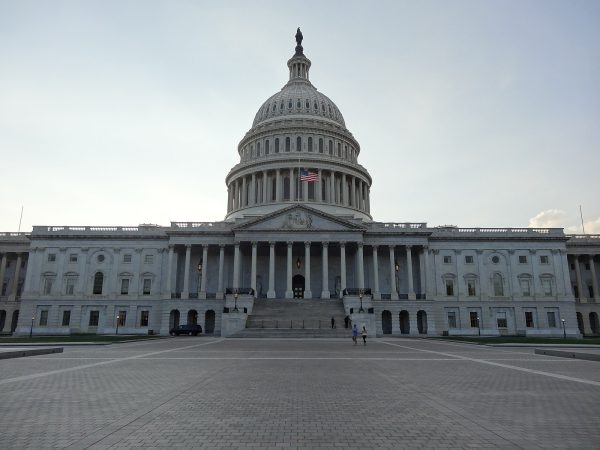Gender Gap Smaller than Reported
In a recent ranking, U.S. News cited Dickinson’s gender ratio as 40:60 percent male to female, however, according to the Office of Institutional Research, enrollment rates for the genders have remained at a steady 42:58 for the past three years.
This places the school just a few points below the national average for colleges nationwide.
According to the U.S. Department of Education, the national ratio of men to women in United States colleges and universities is 45 to 55, which is just 3 percentage points from Dickinson’s ratios. According to Dean of Admissions Cathy Davenport ’87, this slight discrepancy is typical for liberal arts colleges to have more women than men, however, she maintained that the admissions process does not factor into this norm.
The Boston Globe has also reported that since the 1970s more women have, on average, enrolled in colleges or universities. Davenport also maintains that the ratio of fewer men at Dickinson “has been a natural shift” and that there has always been “consistency in admissions patterns.”
“To maintain a gender balance at liberal arts colleges,” Davenport continues, “there is typically an imbalance of admission rates for males and females to enroll a class that is more evenly distributed by gender. Most schools admit men at a higher rate to achieve a gender balance. We actually tend to admit women at higher rates than men, but within a fairly small margin.”
Several students, such as Jordan Smith ’18, say that while the gender gap is noticeable on campus, it does not lead to students having negative experiences at Dickinson.
“I am a STEM major so I was expecting my classes to be male dominated but all of my classes have had a very even balance if not more females,” said Smith, and added “I do not think this [gap] is a problem at all.”
Tierney McCue ‘20 also noticed more female participation than male on campus, noting that “the majority of my clubs lack males.”
Abby Israel ’20 states that the gender ration could also allow more girls to voice their opinions in class.
“I notice that girls participate in class more than boys [do] than when I was in high school,” she says.
While Israel attributes part of this increased participation to the gender ratios, she also maintains that it could be because “a lot of girls here were raised to have their own voice.”




